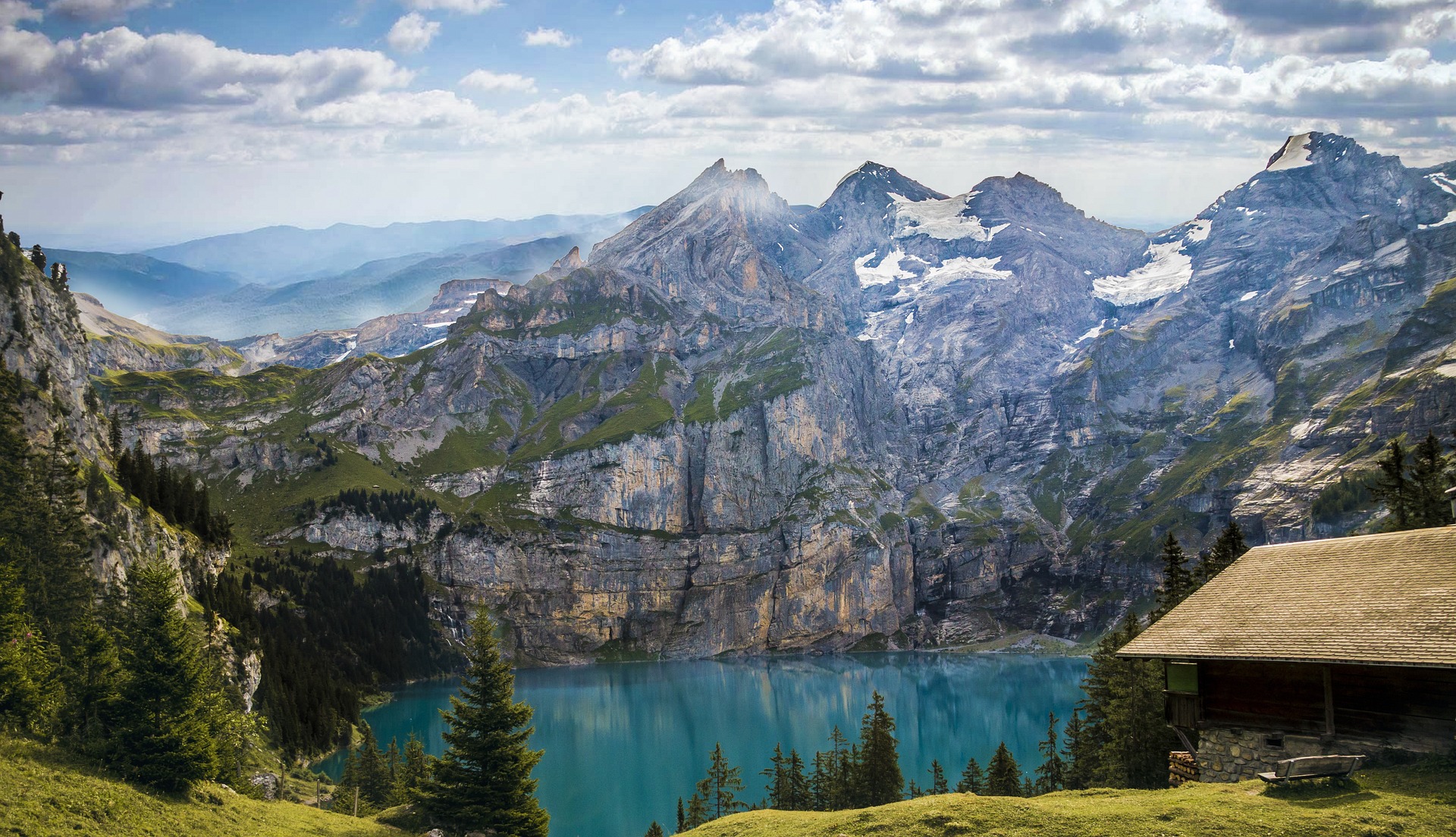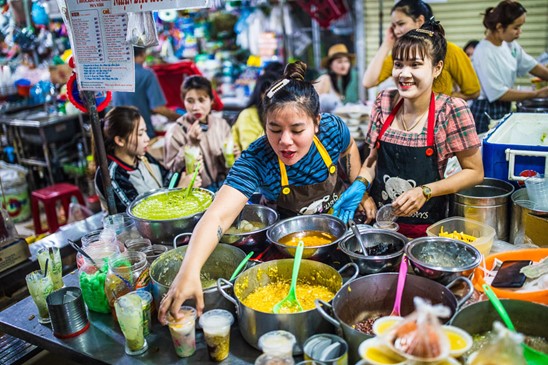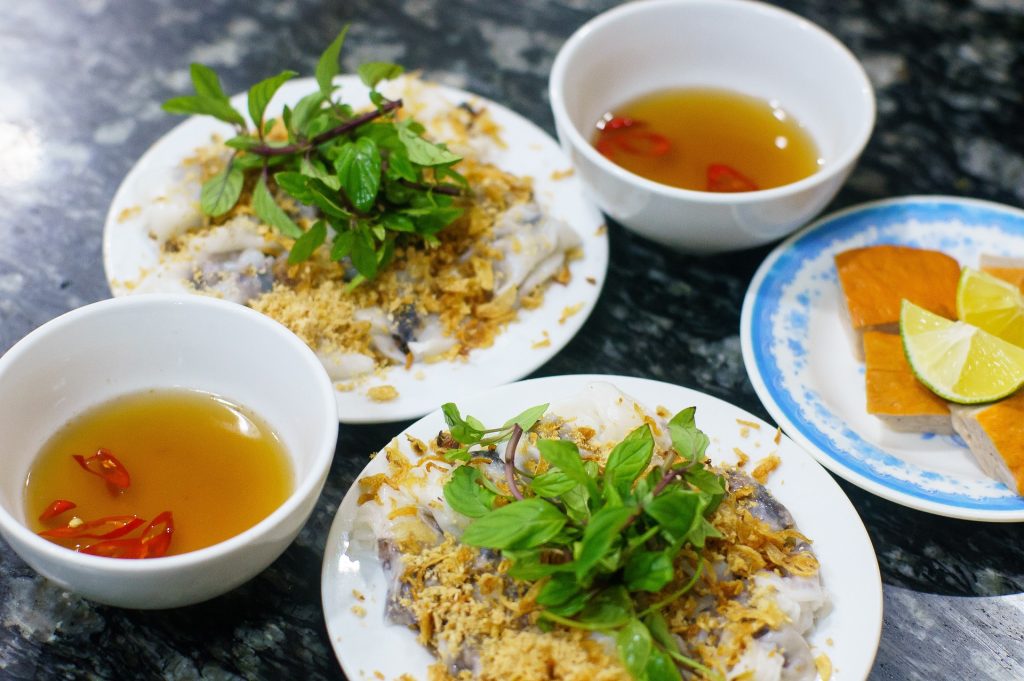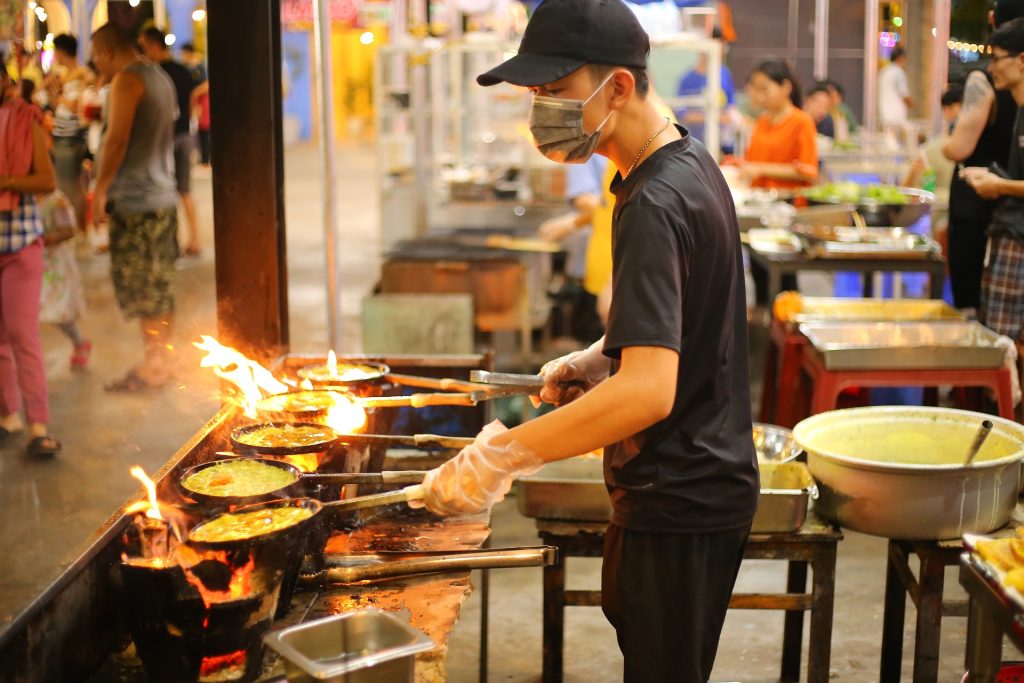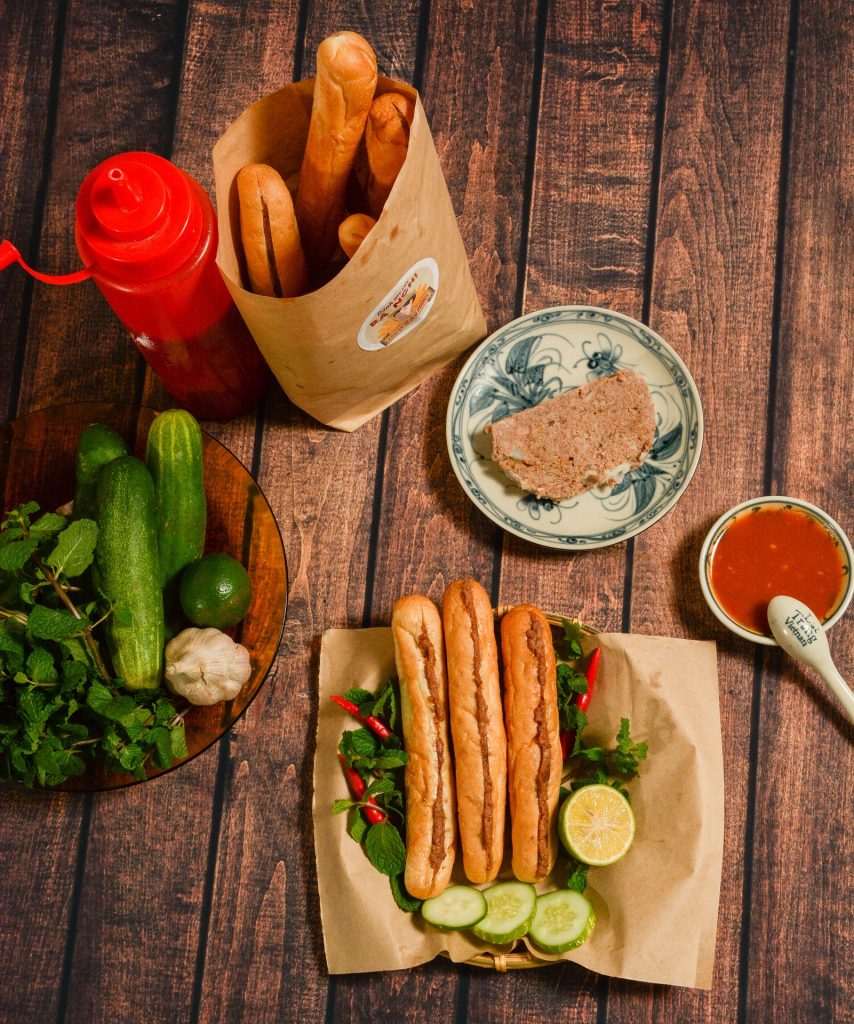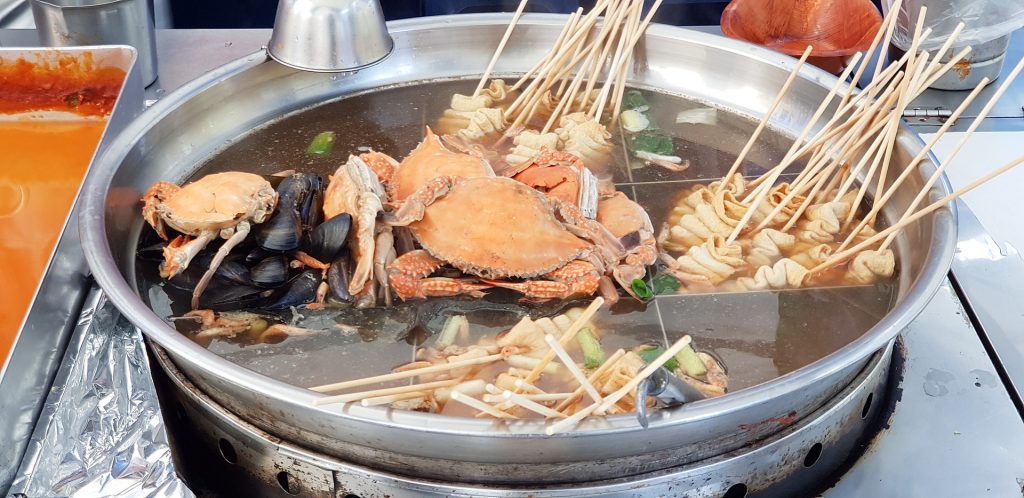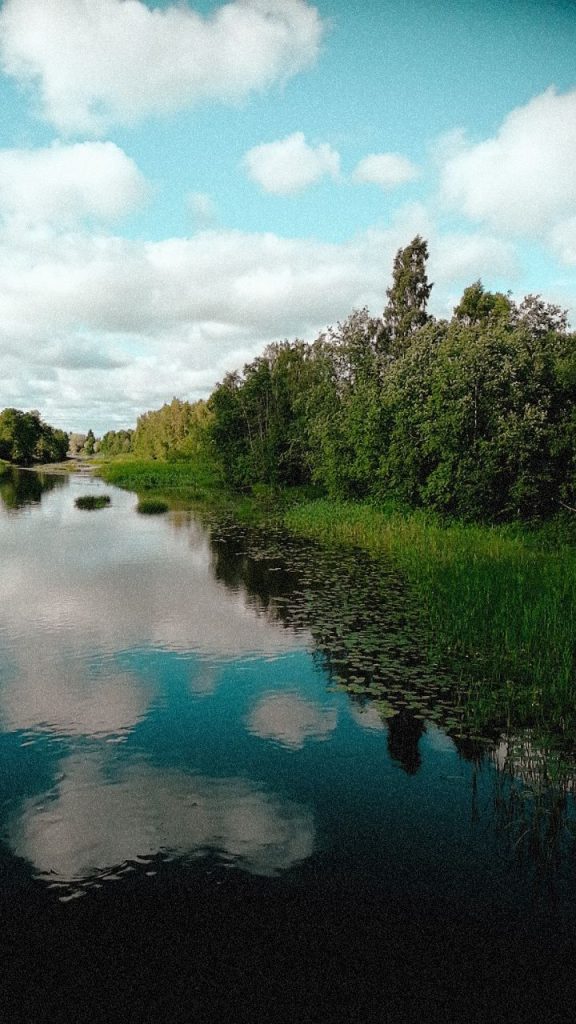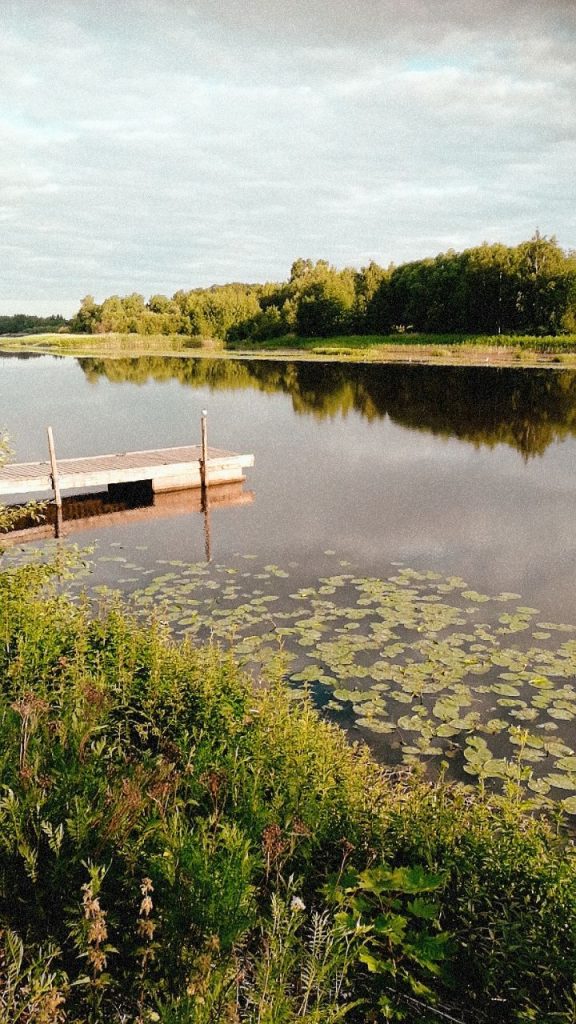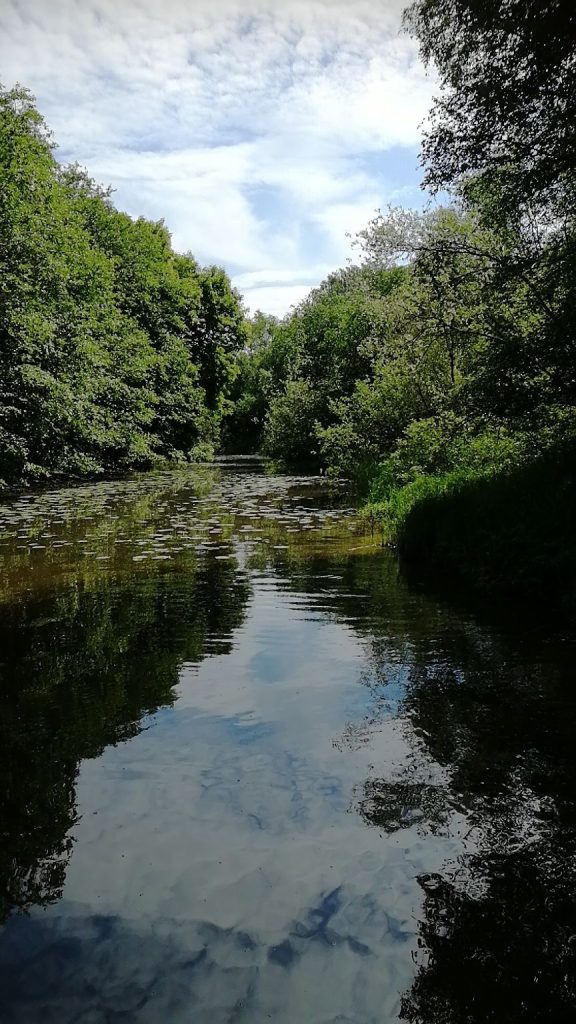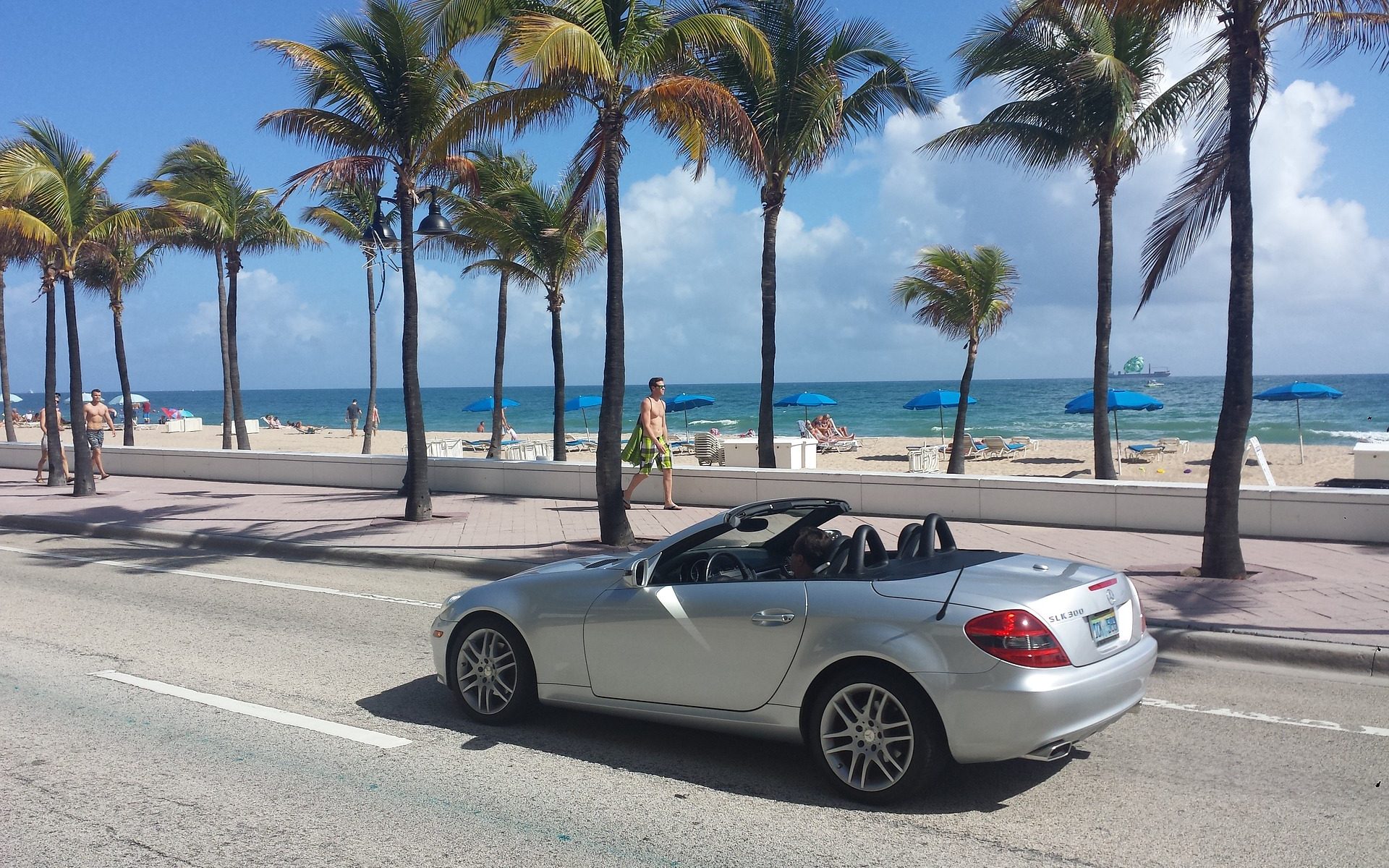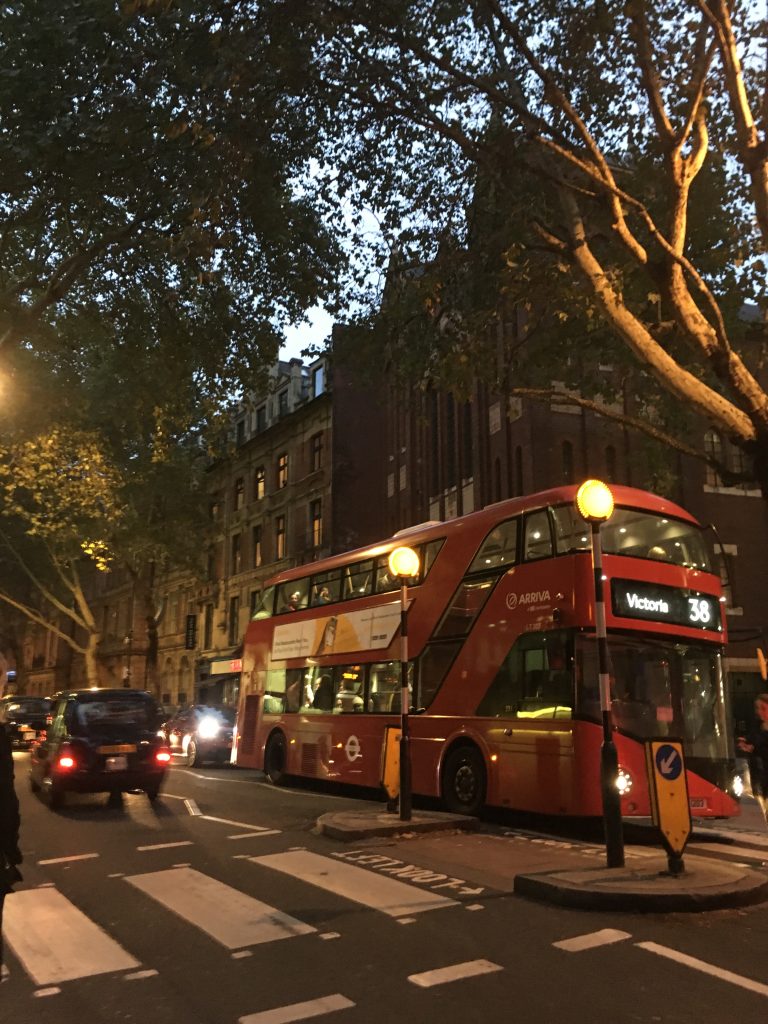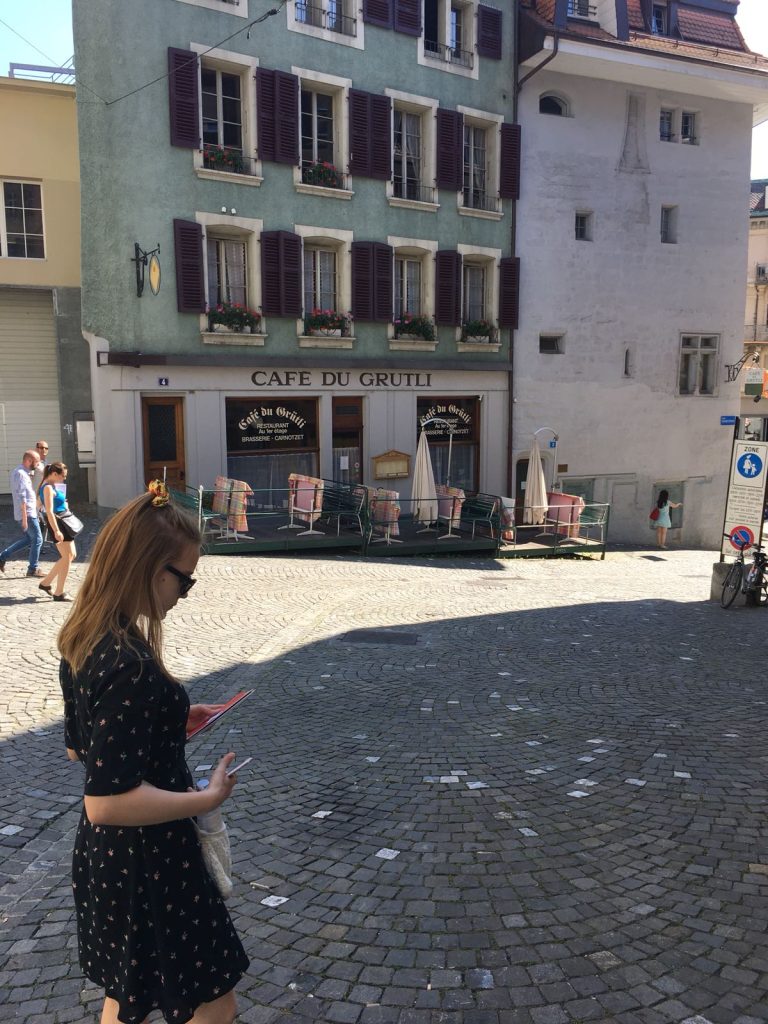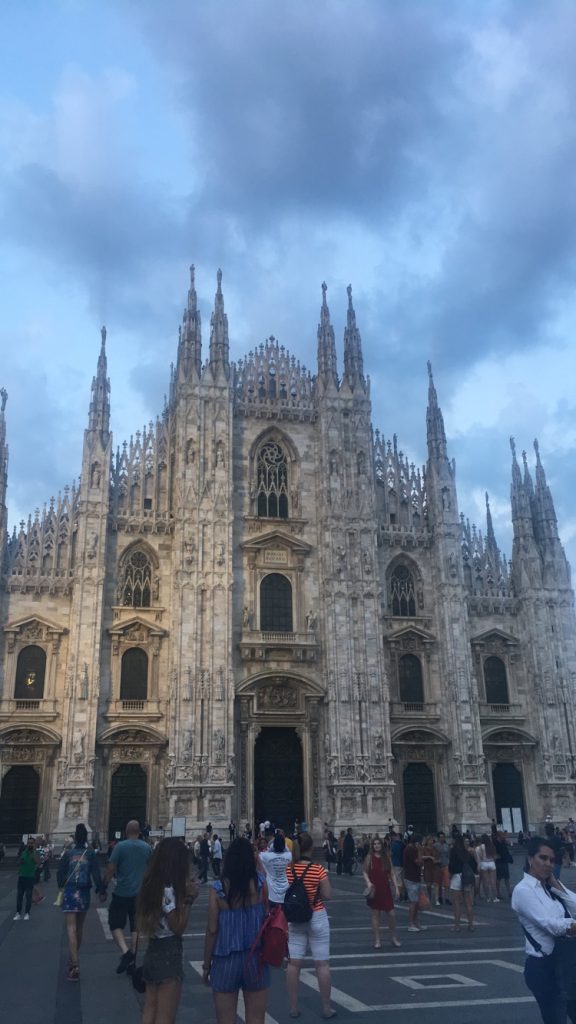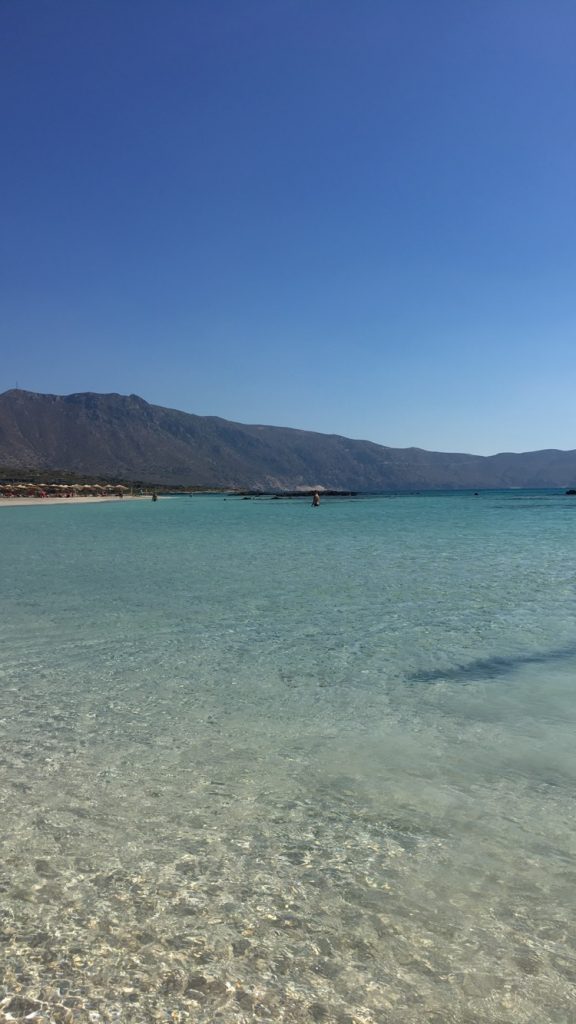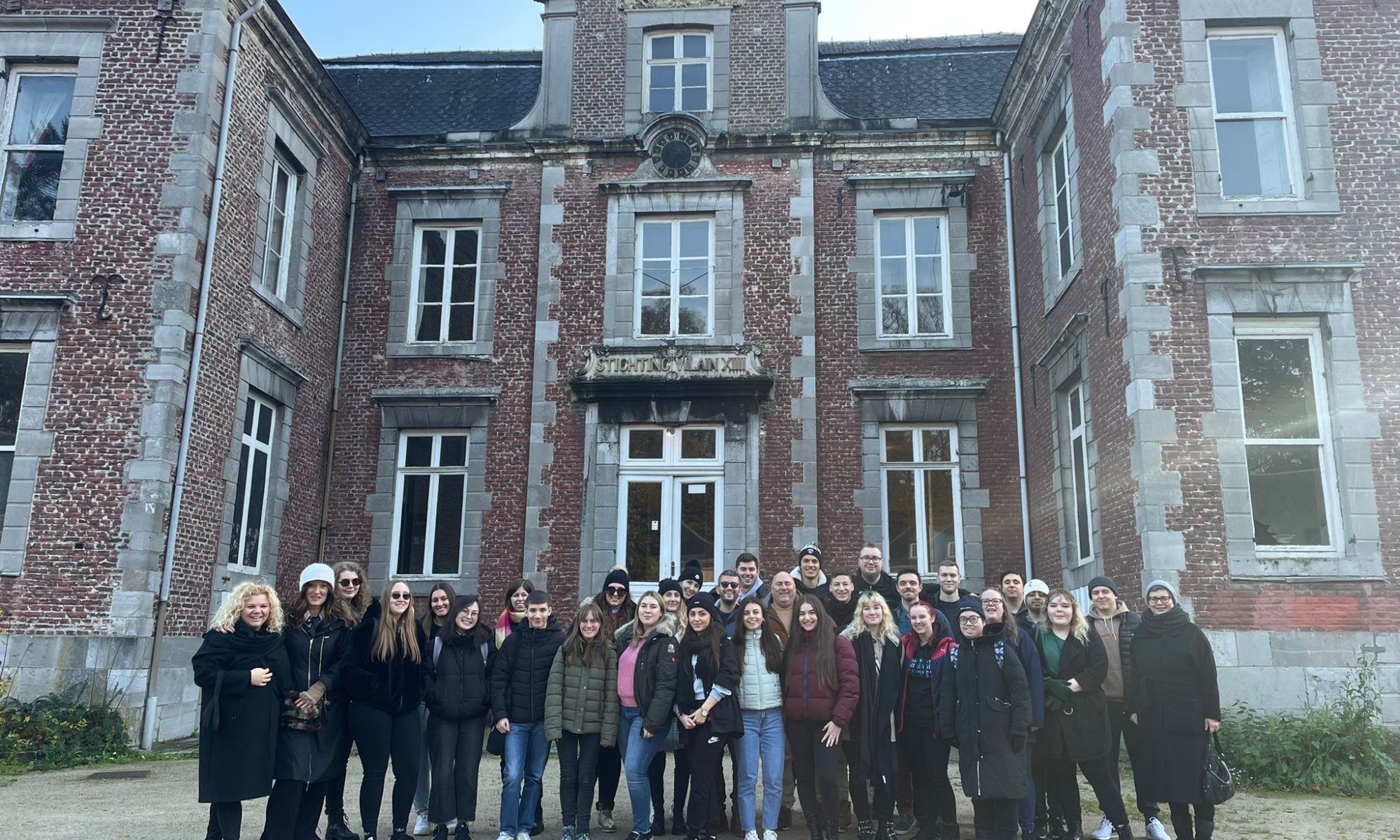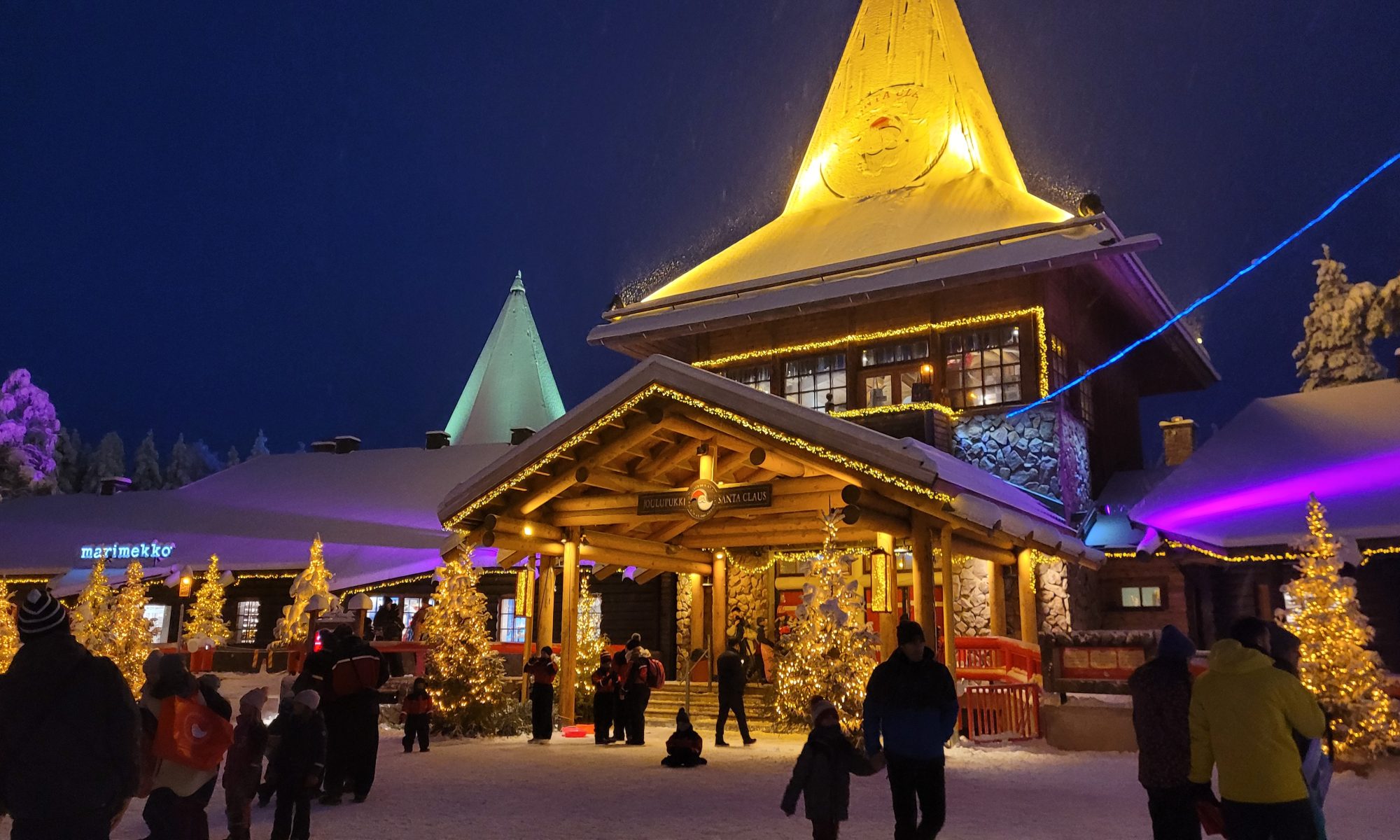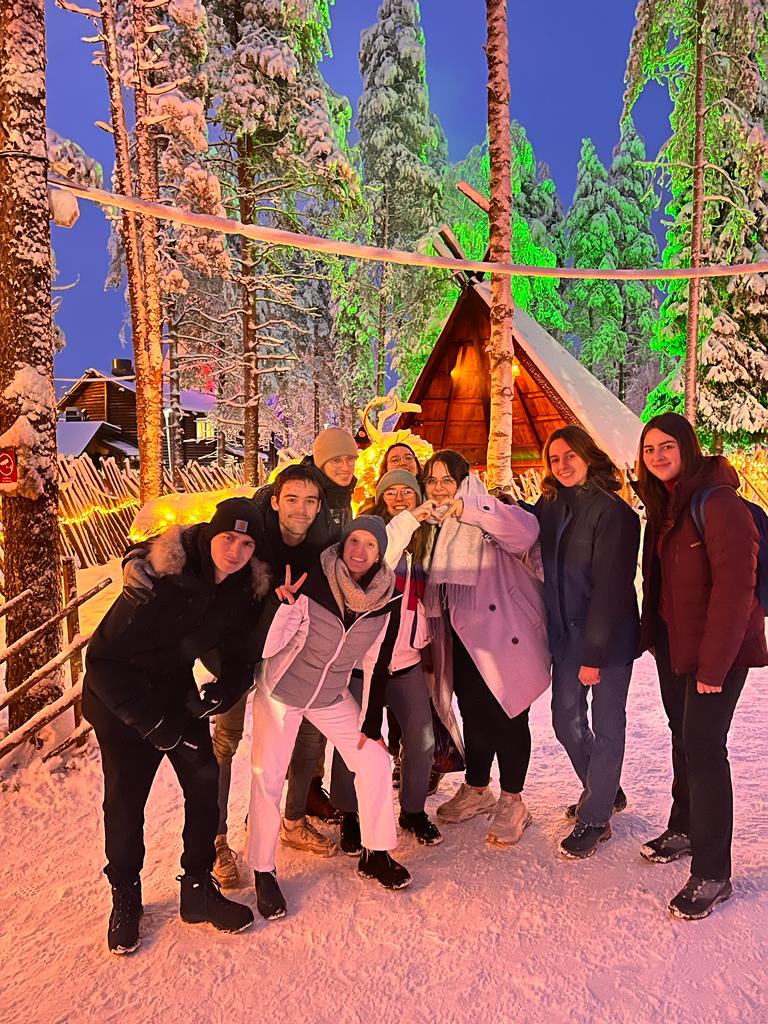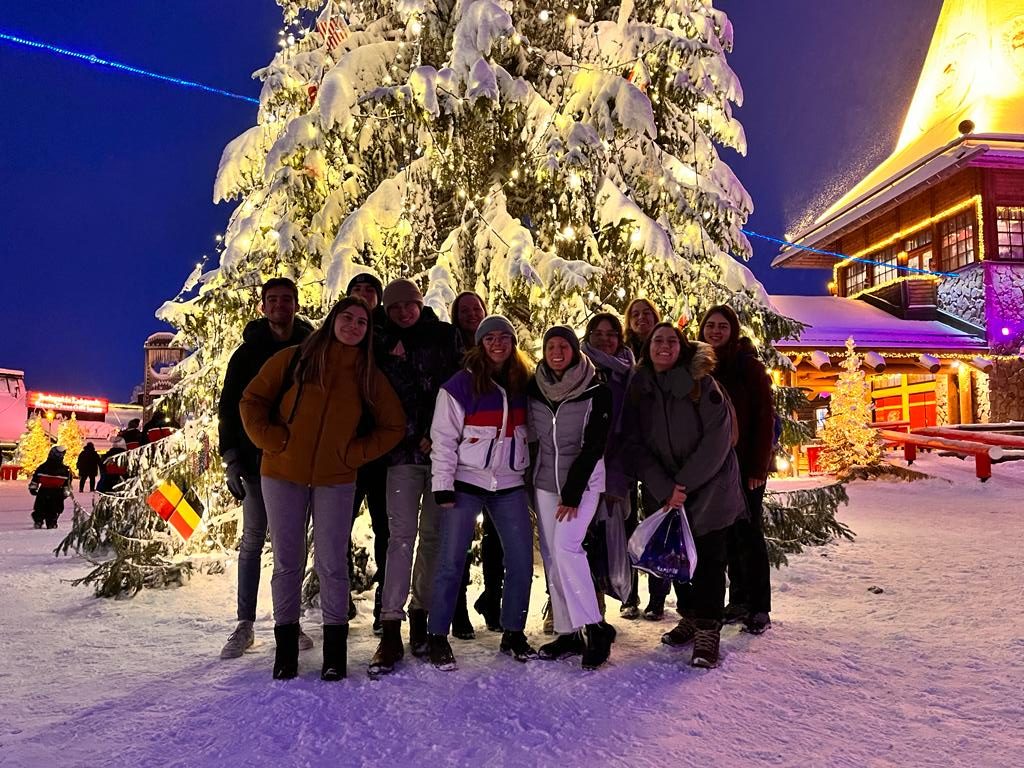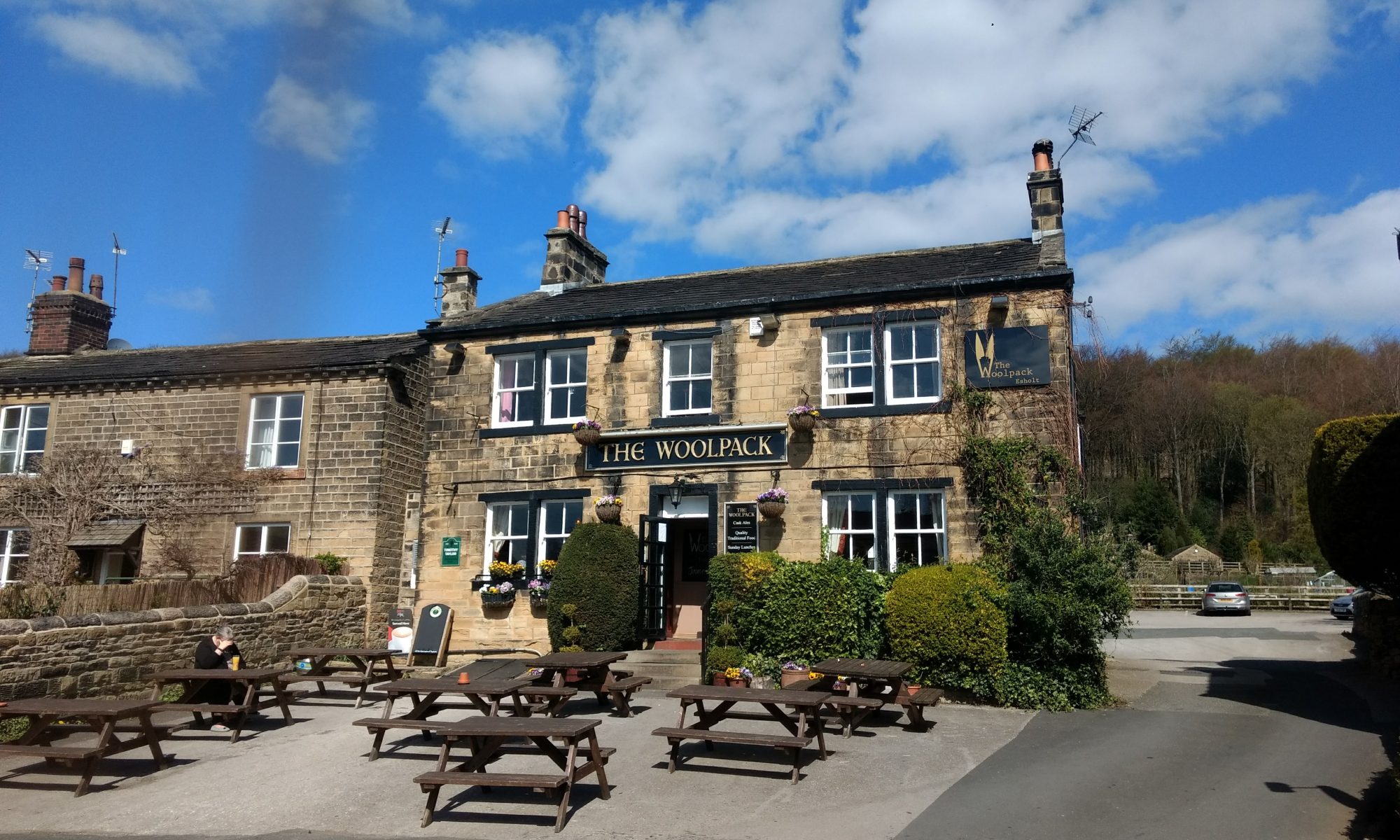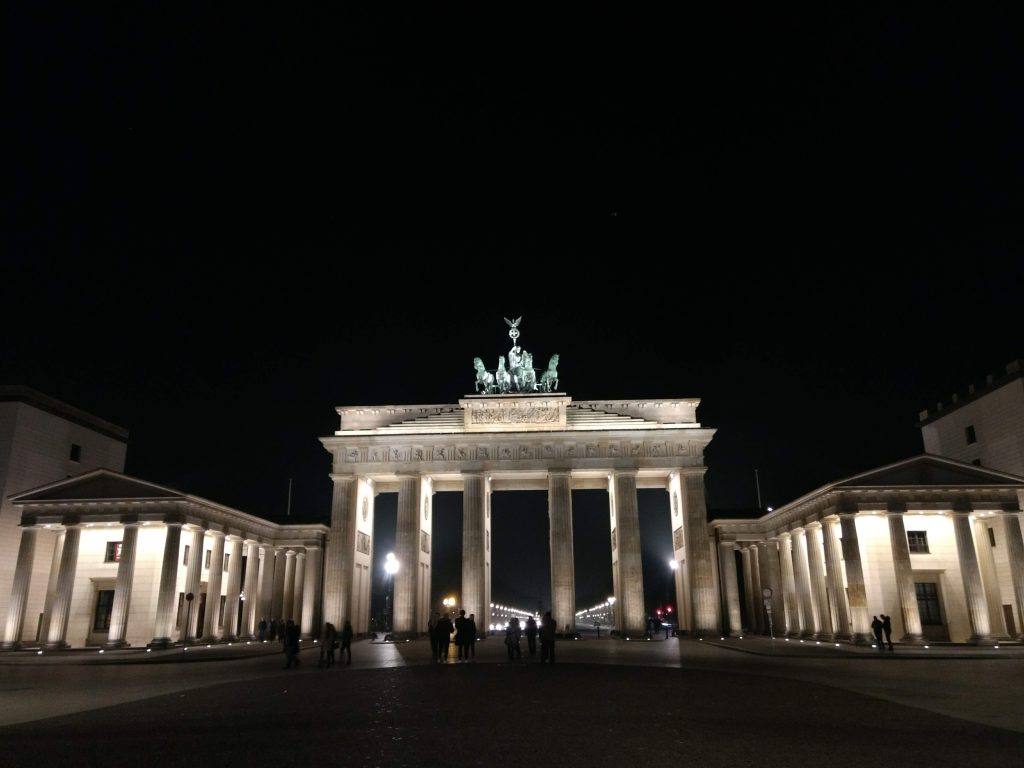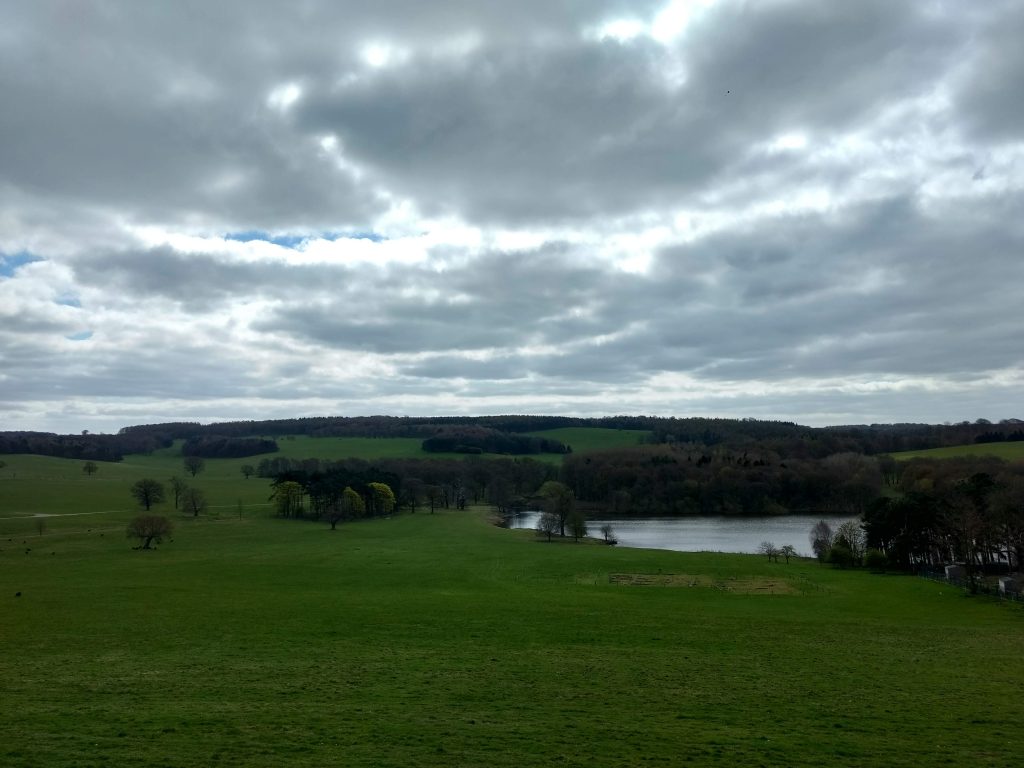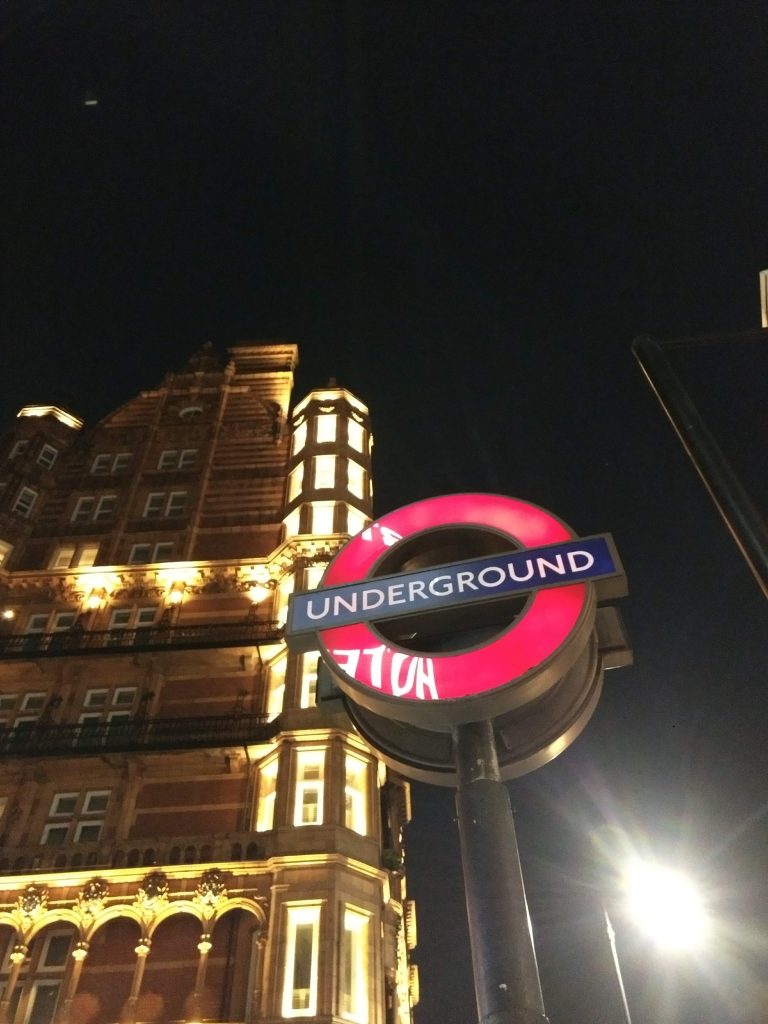Erittäin toimiva puheenaihe tutustuessa toiseen ihmiseen on matkailu; missä maissa ollaan vierailtu, millaisia kokemuksia matka on tarjonnut ja minne seuraavaksi? On mielenkiintoista kuunnella millaisia matkoja toiset tekevät ja kuinka paljon ne eroavat omasta matkailuhistoriasta ja -tyylistä.
Oma matkailuni on vasta aluillaan. Olen käynyt kolmessa eri maassa ja vieraillut niiden sisällä melkein kymmenessä kaupungissa. Jokaisella matkalla olen oppinut jotain itsestäni matkailijana ja saanut selvyyttä sille mitä matkalta haluan ja haen. Tulevaisuuden haaveena on matka Sveitsiin.
Yllätysvisiitti Pariisiin
Matkustin Pariisiin yllättämään parhaan ystäväni, joka oli saanut työpaikan Disneylandista. Saavuin hänen perheensä kanssa kolmen päivän lomareissulle, jonka aikana kävimme puiston lisäksi kiertelemässä Pariisin kuuluisimmat kohteet. Disneylandissa ja Pariisissa käyminen on monien ihmisten unelma, ja olen niin kiitollinen että se unelma kävi kohdallani toteen.
Tällä matkalla tajusin kuinka tärkeää minulle on matkustaa henkilökohtaisesti merkittävään kohteeseen läheisten henkilöiden kanssa. Ja myöskin sen, ettei kolme päivää riitä mihinkään.
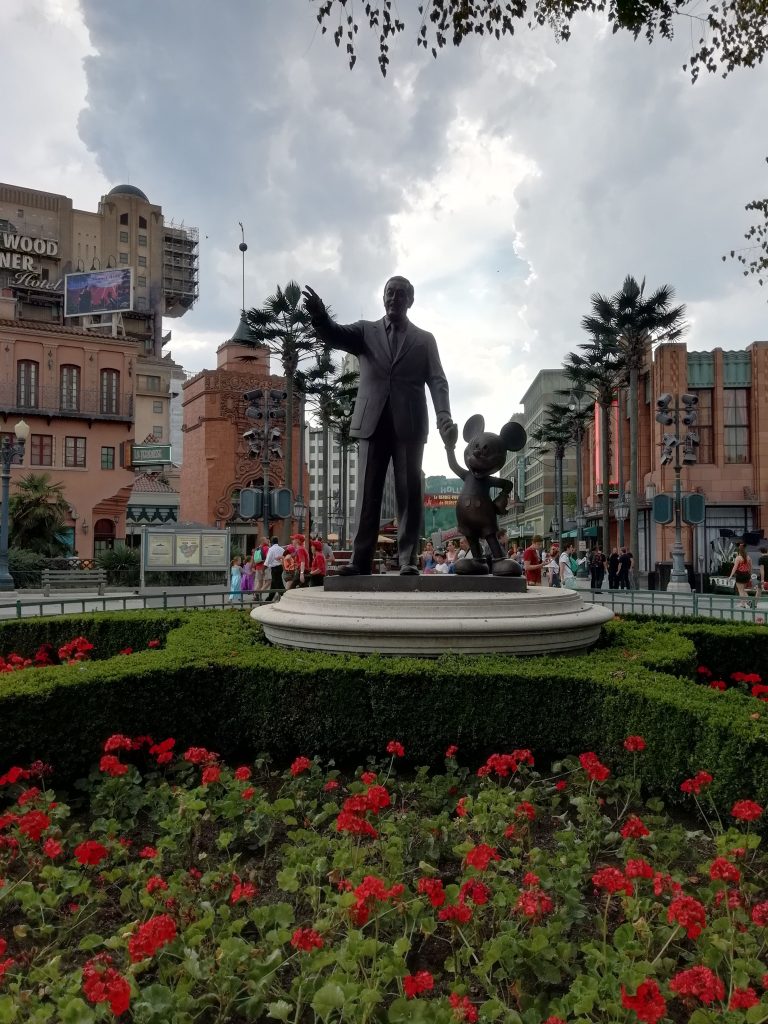
Pari reissua Italiaan
Italiassa olen käynyt kaksi kertaa. Ensimmäisellä kerralla kävin tanssijoukkueeni kanssa esiintymässä eräässä kansainvälisessä tapahtumassa ja toisella kerralla matkustin lukioryhmän kanssa opintomatkalle Roomaan.
Ensimmäisestä matkasta on kulunut jo paljon aikaa. Muistan vain miten upeaa oli esiintyä taitavien esiintyjien kanssa isolla lavalla, ja pitää tanssitreenejä ulkona upeissa maisemissa! Viikon aikataulu oli kuitenkin tosi tiivis, ja tällä matkalla huomasin ettei liian kiireinen aikataulu ole mieleeni matkaillessa.
Toiselta reissulta taas olisi niin paljon kerrottavaa ettei kukaan jaksaisi lukea niin pitkää blogitekstiä. Matkassa mukana olivat sekä historian- että uskonnonopettajat, jotka olivat suunnitelleet meille mahtavan viikon pituisen reissun, jolla riitti mielenkiintoisia nähtävyyksiä ja kauniita paikkoja!
Heillä oli paljon kerrottavaa jokaisesta matkakohteesta ja opin reissulla paljon nippelitietoa, esimerkiksi sen että Rooman viemärin kansissa lukeva S.P.Q.R. tarkoittaa Rooman senaattia ja kansaa. Tällä reissulla oli mielestäni hyvin tasapainotettu yhteisen ohjelman sekä oman ajan määrä. Huomasin rakastavani enemmän kauniita maisemia ja mielenkiintoisia kohteita kuin pelkkää kaupungissa pyöriskelyä.
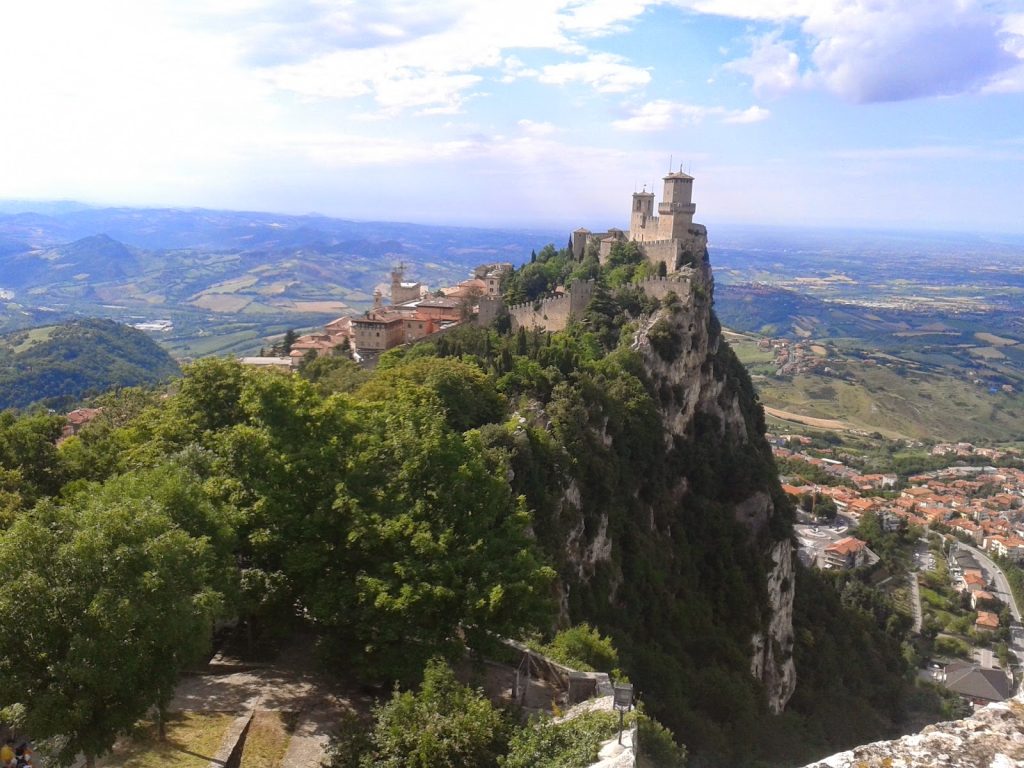
Espanjaan vai?
Espanjan matka oli myöskin opintomatka lukioaikana. Suuntasimme Madridiin ja Salamancaan. Tämä reissu oli enimmäkseen espanjan kielen harjoittelua varten, vaikka kiersimmekin muutamassa suositussa kohteessa. Tällä reissulla opin itsestäni matkailijana sen, että pelkkä ’’tämä on kuuluisa patsas’’ ei riitä minulle, vaan haluan tietää mikä patsas se on ja miksi se on kuuluisa.
Matka oli enimmäkseen kaupungeissa liikuskelua, mutta onneksi bussimatka Salamancaan tarjosi upeita maisemia! Salamancassa itsessään oli myös kauniita kohteita, viihdyin siellä enemmän kuin Madridissa. Tällä reissulla tuli kuin kertauksena se, että tarvitsen kauniit maisemat ja mielenkiintoiset kohteet kokeakseni matkan mieluiseksi.
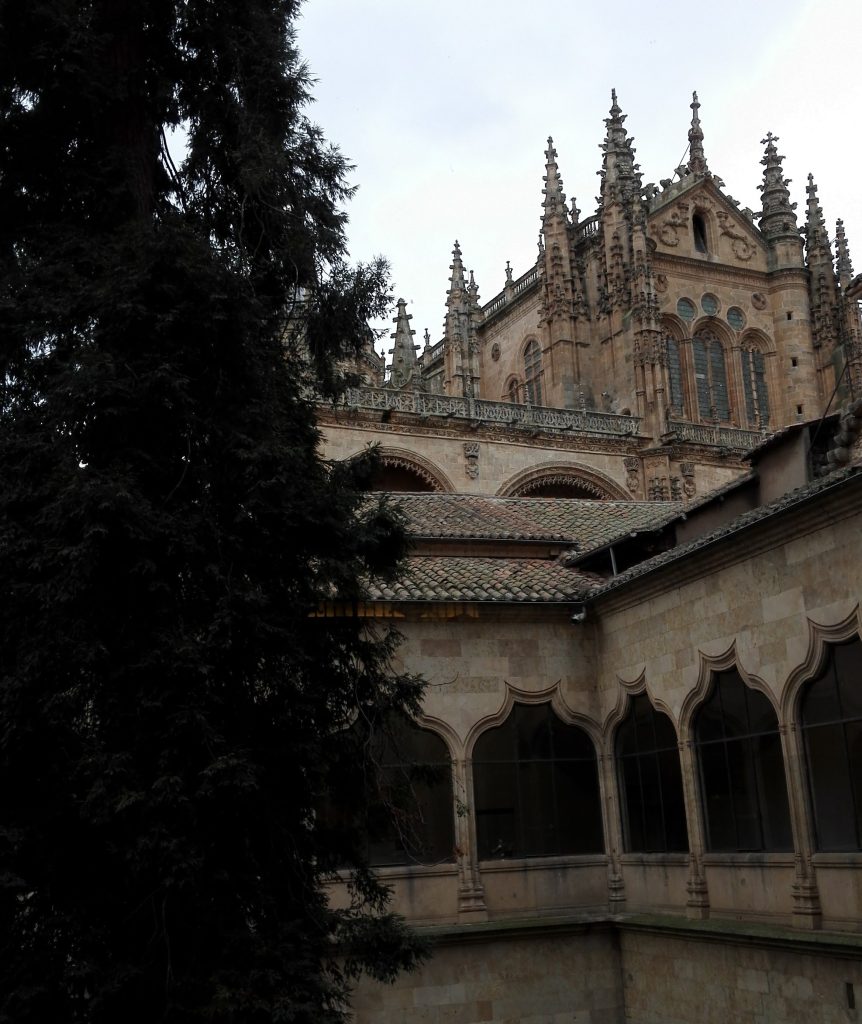
’’Jokaisen on kerran elämässään matkustettava Sveitsiin’’
Mutta mikä siinä Sveitsissä oikein viehättää?
Ala-asteeni opettaja sanoi kerran (tai no, montakin kertaa) että jokaisen on kerran elämässään matkustettava Sveitsiin. Se on kuulemma kaunis ja upea paikka. Tämä jäi korvani taakse pitkäksikin aikaa, ja aina kun kysyttiin mihin haluan matkustaa, vastasin Sveitsiin.
Monta vuotta myöhemmin katsoin korealaisen draamasarjan nimeltä ’’Crash Landing on You’’ jossa kyseinen paikka on keskeisessä osassa. Olinhan katsonut kuvia Sveitsistä aikaisemminkin, mutta sarjassa se esiteltiin aivan uudella tavalla. Tämä paikka on kiehtonut minua niin monta vuotta, ja tämä sarja vahvisti sen, että sinne on pakko päästä.
Työpaikallani törmäsin kanssatyöntekijään, joka kertoi asuvansa Sveitsissä, mutta työskentelevänsä ympäri maailmaa. Hän vinkkasi minulle, että kannattaa majoittua Saksan puolella kaupunkiin nimeltä Bad Säckingen ja kulkea sieltä Sveitsiin, jotta kukkaroni kestää matkan paremmin. Suunnitelmahan on siis jo valmis?
Tuntuu ihan siltä etteivät kaikki tiet viekkään Roomaan – vaan Sveitsiin. Vielä en ole päättänyt onko tämä matka, jonka haluan jakaa rakkaiden ihmisten kanssa, vai olisiko tämä jotakin, joka tulee kokea ihan itsekseen. Aika saa näyttää.
Teksti ja kuvat: Katja Kalevo, Matkailuliiketoiminnan ensimmäisen vuoden opiskelija


